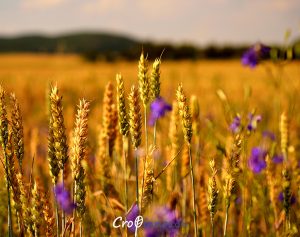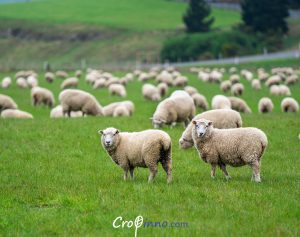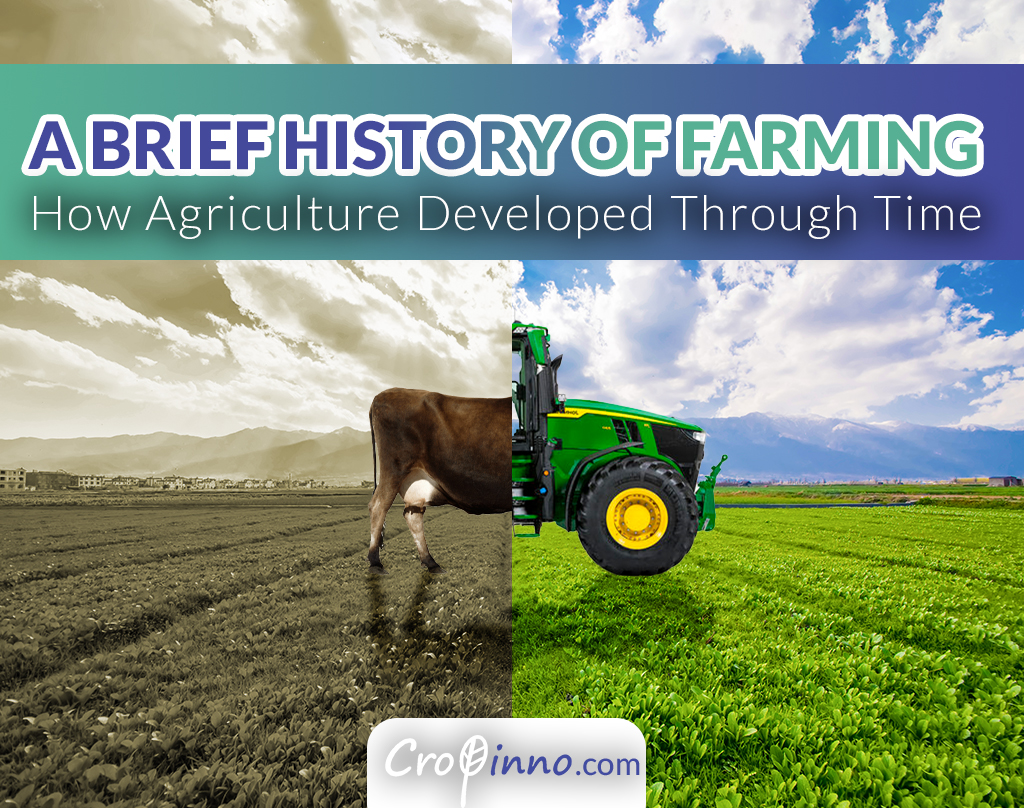Farming is a huge industry, a great contributor to economy and a way of life for many around the globe. It is true that this career faces many challenges today. Climate change, soil erosion & water scarcity have affected the way that both massive agricultural enterprises and small organic farmers used to run their business. Agriculture has a long history, including positive & negative social or environmental impacts, from forced labor and slavery in its early stages, to the change of lifestyles and social preferences over centuries, and finally, the good & bad effects of industrialization. It is always interesting to learn more about the history of the past, and this time we are going to discuss the history of farming.
When humans began farming
Agriculture, which first appeared around 12,000 years ago, caused such a shift in society and lifestyle that its development has been called the “Neolithic Revolution.” Traditional hunter-gatherer lifestyle, which humans have followed since their evolution, was abandoned in favor of permanent settlements and a reliable food supply brought by agriculture activities. Cities and civilizations grew out of agriculture, and because crops and animals could now be farmed to meet demand, the global population expanded from five million people 10,000 years ago to more than seven billion today.
There is no specific factor or combination of factors in the history of farming that can be said to be the reason why people and tribes turned to agriculture in all parts of the world. For example, it is said that in East Asia, the lack of natural food resources has forced the population to find new solutions for nutrition, or in the Near East, it is believed that climate changes at the end of the last ice age, conditions made the grains grow well.

New Plants, New Continents
Wild seeds of plants such as wheat, barley, and peas can be found in the Near East. Cereals have been farmed in Syria since 9,000 years ago, and figs even earlier. The discovery of prehistoric seedless fruits in the Jordan Valley suggests that fig trees were established approximately 11,300 years ago. Although the transition from wild harvesting was gradual, the real shift from a nomadic to a sedentary lifestyle was only when humans gave up the nomadic, hunter-gatherer lifestyle completely to begin farming & equipped their houses with millstones for processing grain.
Rice and millet agriculture may be traced back to the Neolithic period in China. The world’s oldest known rice paddies were discovered in eastern China, which provide evidence of ancient farming practices such as flood and fire management.
Far away, in North America, Farming squash began some 10,000 years ago in Mexico, but corn (maize) had to wait until natural genetic mutations in its wild precursor, teosinte. While it appears that the history of farming corn-like plants goes back to at least 9,000 years ago, the first directly dated corncobs, like those we eat today, date back to around 5,500 years.
Maize eventually made its way to North America, where sunflowers had been harvested from some 5,000 years ago. This is also the time potato farming began in South America’s Andes region.

Animal Husbandry
The so-called Fertile Crescent, which is an area in the middle east including eastern Turkey, Iraq, and southwestern Iran, is where cattle, goats, sheep, and pigs all had their start as domesticated animals. The Neolithic revolution was marked in this area. These animals were first domesticated between 13,000 and 10,000 years ago,
According to genetic research, goats and other animals helped transform Stone Age civilization by accompanying the westward expansion of agriculture into Europe. The extent to which farmers themselves moved to the west is still up for discussion, but dairy farming had a profound influence on Europeans, which is evidently imprinted in their DNA. People in past times could not tolerate raw cow milk before domestic cattle were introduced to Europe. But at some time, with the expansion of agriculture into southeastern Europe, a mutation for lactose tolerance appeared, which via natural selection increased in frequency because of the nutritious properties of milk.

